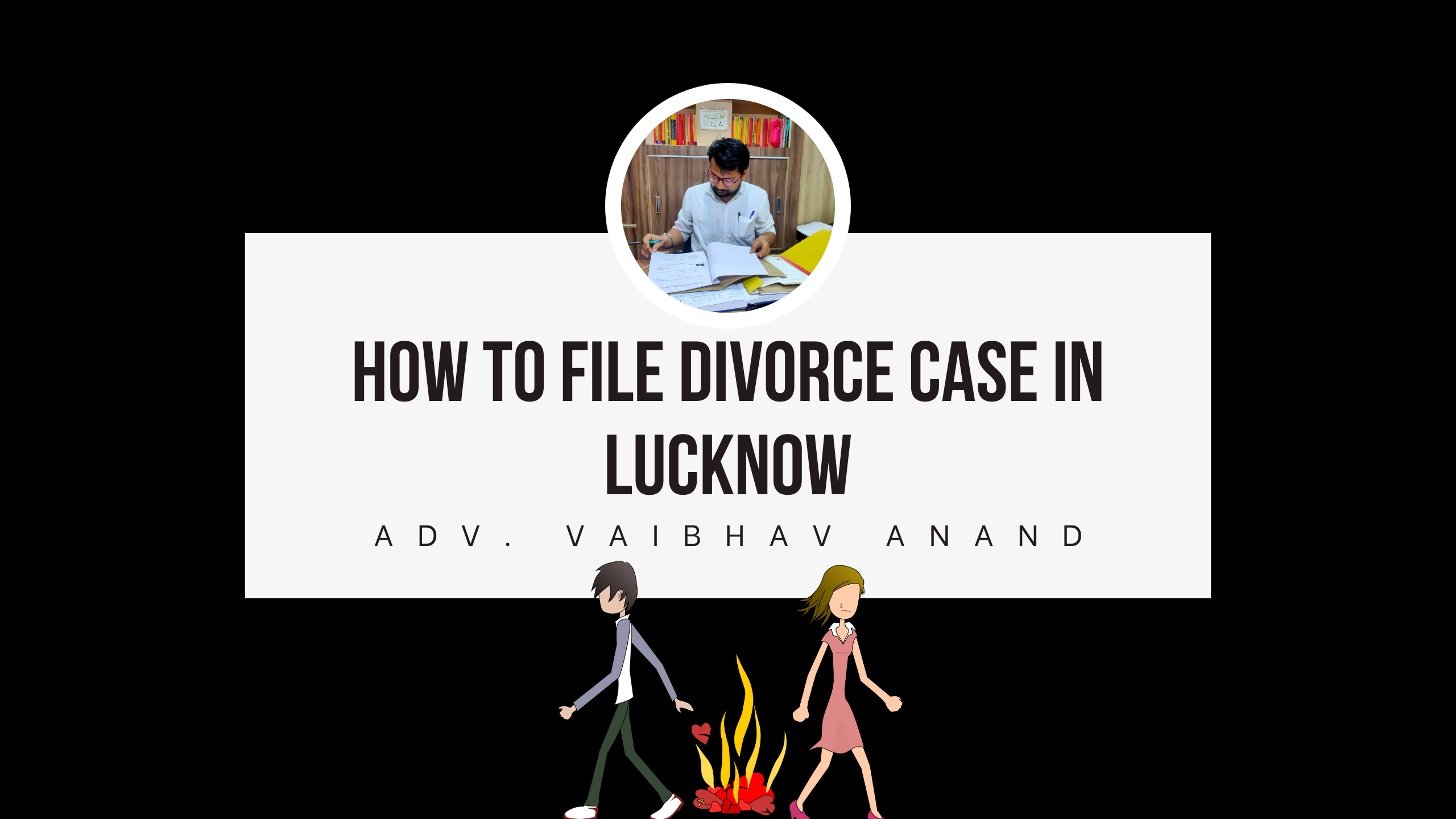ABETMENT AND CRIMINAL CONSPIRACY |SECTION 107-120 IPC FREE NOTES

ABETMENT AND CRIMINAL CONSPIRACY Ss-107-120
Contents of Article
WHAT IS ABETMENT?
DEFINITION OF ABETMENT-
The definition of abetment under Section 107, IPC requires a person to abet the commission of an offence. This abetment may occur in any of the three methods that the provision prescribes. The Section says that abetment basically takes place when a person abets the doing of a thing by:
- Instigating a person to do that thing; or
- Engaging with another person (or persons) in a conspiracy to do that thing; or
- Intentionally aiding a person to do that thing.
When any of these requirements exists, the offence of abetment is complete. Sometimes a person may commit more than one of these three circumstances in a single offence.
ABETMENT BY INSTIGATING-
In common it is said that one can motivate other in two possible ways which is motivating one for good cause and motivating other for bad cause which is abetment by instigation and hence, held liable for such instigation irrespective of the act abetted be committed or not. A person “instigate” the doing of a thing who by willful misrepresent, or willful concealment of a material fact which he is bound to disclose, voluntarily causes or procure , or attempt to cause or procure a thing to be done. This is known as abetment by instigation.
Illustration: A, a public officer, is authorized by a warrant by court of justice to apprehend Z. B, knowing that fact that C is not Z, willful represent to A that C is Z ,and thereby intentionally causes A to apprehend C. Here B abets by instigation the apprehension of C.
ABETMENT BY CONSPIRACY-
Conspiracy basically means an agreement between two or more persons to commit an unlawful act. Merely intending to commit an offence is not sufficient for this purpose.
Thus, the conspirators must actively agree and prepare themselves to commit that offence, it becomes a conspiracy. Furthermore, the act which the conspirators conspire to commit itself must be illegal or punishable.
For example, in dowry death cases, the in-laws of the victim are often guilty of abetment by conspiracy. They may do so by constantly taunting, torturing or instigating the victim. Even suicides may take place in this manner through abetment by conspiracy.
ABETMENT BY AIDING-
The third kind of abetment is abetment by intentionally aiding (by an act or illegal omission) the doing of any criminal offence. Explanation 2 to section 107 clarifies that a person is said to aid the doing of an act, who either prior to or at the time of commission of an offence, does anything in order to facilitate the commission of that act.
Illustration: A priest performed the wedding ceremony of a marriage man with unmarried women. Here priest is liable for intentionally aiding and is liable for abetment by aid.
SECTION 107- ABETMENT OF A THING:
A person abets the doing of a thing, who
- First- Instigates any person to do that thing; or
- Secondly- Engages with one or more other person or persons in any conspiracy for the doing of that thing, if an act or illegal omission takes place in pursuance of that conspiracy, and in order to the doing of that thing; or
- Thirdly- Intentionally aids, by any act or illegal omission, the doing of that thing.
Illustration– A public officer is authorized by a warrant from a Court of Justice to apprehend Z. B, knowing that fact and also that C is not Z, willfully represents to A that C is Z, and thereby intentionally causes A to apprehend C. Here B abets by instigation the apprehension of C.
SECTION 108-ABETTER-
A person abets an offence, who abets either the commission of an offence, or the commission of an act which would be an offence, if committed by a person capable by law of committing an offence with the same intention or knowledge as that of the abettor.
Explanation – The abetment of the illegal omission of an act may amount to an offence although the abettor may not himself be bound to do that act.
Illustration– A instigates B to murder D. B in pursuance of the instigation stabs D. D recovers from the wound. A is guilty of instigating B to commit murder.
FROM SECTION 109 TO 120 IPC, 1860 DEALS WITH PUNISHMENT FOR ABETMENT WHICH ARE AS FOLLOWS-
SECTION 109- PUNISHMENT FOR ABETMENT–
Punishment of abetment if the act abetted is committed in consequences, and where no express provision is made for its punishment; If a person abets an offence, and the act abetted is committed in consequences of the abetment where no expressed provision is made under this code for the punishment of such abetment, be punished with the punishment provided for the offence with is abetted and committed.
Illustration–
- A instigates B to give false evidence B under the instigation of A commits an offence. Here A is guilty of abetting the offence, and is liable for same offence as of B.
- A offers a bribe to B, a public servant, as a reward of showing some official favor to A. B accepts the bribe A has abetted the offence and is liable for the offence defined in section 161 of IPC.

SECTION 110-PUNISHMENT OF ABETMENT IF PERSON ABETTED DOES ACT WITH DIFFERENT INTENSION FROM THAT OF THE ABETTOR:
This section laid down the provision for punishment of abatement, if does the act with different knowledge or intension from that of the abettor, be punished with the punishment provided for the offence which would have been committed if the act has been done with the same intension and knowledge of the abettor.
The person abetted for the commission of an offence and commit and act cannot take a defense mere on the ground that the act done in the consequences of the abetment is done with different intension and knowledge from that of abettor, he will be equally liable for the punishment. According as offence abetted is cognizable or non- cognizable, bailable or non- bailable, triable by court and non- compoundable.
SECTION 111-LIABILITY OF THE ABETTOR WHEN ONE ACT ABETTED AND DIFFERENT ACT DONE:
When an act abetted and a different act is done, the abettor is liable for the act done in the same manner as if abetted directly, provided that the act done was likely to be caused as a course of offence abetted, and was committed under the influence of instigation, or with aid, or with pursuance of conspiracy which constitute the abetment. And if any act done which are not the probable consequences of abetment, the abettor is hereby not liable for any different kind of offence committed. According as offence abetted is cognizable or non- cognizable, bailable or non-bailable, triable by court and non compoundable.
Illustration:
A instigates a child to put poison into the food of Z, and give him the poison for that purpose. The child in consequence of the instigation, by mistake put the poison into Y’s food which was kept just next to that of Z which result in death of Y. Here A is liable in the same manner and the same extent as if he has abetted the child to poison Y, because child is acting under the influence of abetment.
SECTION 112: ABETTOR WHEN LIABLE TO CUMULATIVE PUNISHMENT FOR ACT ABETTED AND FOR ACT DONE:
Section 112 is an extension of section 111 of Indian Penal Code. According to section 111 if the offence committed is different from that of act abetted but it is in probable consequences of the abetment, done under the influence of instigation or aiding for the commission of an act. The abettor is held liable of the act in the same manner as if abetted directly.
SECTION 113: LIABILITY OF ABETTOR FOR AN EFFECT CAUSED BY THE ACT ABETTED DIFFERENT FROM THAT INTENDED BY THE ABETTOR:
Intension and knowledge plays an important role in any criminal act done or abetted. If an act abetted with different intension causing different effect as a result, abettor will be liable of the effect cause, on the ground that he knew that the act abetted was likely to cause such effect. Although intension is different from the act caused but one will be liable for the effect mere on the ground of knowledge.
The major difference between section 111 and section 113 is that section 111, says that when one act abetted and difference act is committed and in section 113, the act abetted and committed is same but the effect cause is different. According as offence abetted is cognizable or non- cognizable, bailable or non- bailable, triable by court and non- compoundable.
SECTION 114- ABETTOR PRESENT WHEN OFFENCE IS COMMITTED:
This section states that whenever any person who is absent would liable to be punished as an abettor, is present when the act or offence is being committed in consequences of the abetment for which he would be punishable, the law will resume that the abettor himself has committed such offence and act. And the abettor will be liable to be punished for the offence committed and not for the abetment of offence. According as offence abetted is cognizable or non- cognizable, bailable or non- bailable, triable by court and non- compoundable.
SECTION 115– ABETMENT OF OFFENCE PUNISHABLE WITH DEATH OR IMPRISONMENT FOR LIFE–IF OFFENCE NOT COMMITTED.-
Whoever abets the commission of an offence punishable with death or imprisonment for life, shall, if that offence be not committed in consequence of the abetment, and no express provision is made by this Code for the punishment of such abetment, be punished with imprisonment of either description for a term which may extend to seven years, and shall also be liable to fine;
Illustration–
A instigates B to murder 2. The offence is not committed. If B had murdered Z, he would have been subject to the punishment of death or 1imprisonment for life]. Therefore A is liable to imprisonment for a term which may extend to seven years and also to a fine; and if any hurt be done to Z in consequence of the abetment, he will be liable to imprisonment for a term which may extend to fourteen years, and to fine.
SECTION 116-ABETMENT OF OFFENCE PUNISHABLE WITH IMPRISONMENT–IF OFFENCE BE NOT COMMITTED.-
Whoever abets an offence punishable with imprisonment shall, if that offence be not committed in consequence of the abetment, and no express provision is made by this Code for the punishment of such abetment, be punished with imprisonment of any description provided for that offence for a term which may extend to one-fourth part of the longest term provided for that offence; or with such fine as is provided for that offence, or with both;
If abettor or person abetted be a public servant whose duty it is to prevent offence.–and if the abettor or the person abetted is a public servant, whose duty it is to prevent the commission of such offence, the abettor shall be punished with imprisonment of any description provided for that offence, for a term which may extend to one-half of the longest term provided for that offence, or with such fine as is provided for the offence, or with born.
Illustration-
A offers a bribe to B, a public servant, as a reward for showing A some favour in the exercise of B’s official functions. B refuses to accept the bribe. A is punishable under this section.
SECTION 117– ABETTING COMMISSION OF OFFENCE BY THE PUBLIC OR BY MORE THAN TEN PERSONS.-
Whoever abets the commission of an offence by the public generally or by any number or class of persons exceeding ten, shall be punished with imprisonment of either description for a term which may extend to three years, or with fine, or with both.
Illustration-
An affixes in a public place a placard instigating a sect consisting of more than ten members to meet at a certain time and place, for the purpose of attacking the members of an adverse sect, while engaged in a procession. A has committed the offence defined in this section.
SECTION 118- CONCEALING DESIGN TO COMMIT OFFENCE PUNISHABLE WITH DEATH OR IMPRISONMENT FOR LIFE:
If offense committed in consequences of abetment- 7 years of imprisonment/fine. If offense not committed in consequence of abetment- 3 years of imprisonment/fine.
SECTION 119- PUBLIC SERVANT CONCEALING DESIGN TO COMMIT OFFENCE WHICH IT IS HIS DUTY TO PREVENT.-
Whoever, being a public servant, intending to facilitate or knowing it to be likely that he will thereby facilitate the commission of an offence which it is his duty as such public servant to prevent;
[voluntarily conceals, by any act or illegal omission or by the use of encryption or any other information hiding tool, the existence of a design to commit such offence or makes any representation which he knows to be false respecting such design,]
- If offence committed in consequences of abetment- ½ of the longest term of punishment provided for the offence / fine /both.
- If offense not committed in consequence of abetment- ¼ of the longest term of the punishment provided for the offense / fine/both.
- If offense not committed which is punishable with death or imprisonment for life 10 years of imprisonment
SECTION 120- CONCEALING DESIGN TO COMMIT OFFENCE PUNISHABLE WITH IMPRISONMENT.-
Whoever, intending to facilitate or knowing it to be likely that he will thereby facilitate the commission of an offence punishable with imprisonment,
Voluntarily conceals, by any act or illegal omission, the existence of a design to commit such offence, or makes any representation which he knows to be false respecting such design;
If offence be not committed.–If offence be not committed– shall, if the offence be committed, be punished with imprisonment of the description provided for the offence, for a term, which may extend to one-fourth, and, if the offence be not committed, to one-eighth, of the longest term of such imprisonment, or with such fine as is provided for the offence, or with bothTop of Form.Bottom of Form
CASE STUDY-
R v. Fitzmaurice, (1983) All ER 189 (CA)
A wanted to get the reward for thwarting a robber. He asked D to recruit some people to rob V (who was complicit with A) when V was walking down the street. A and the people he recruited all believed the robbery was genuine. Before the robbery could occur, A called the police and the recruited people and D were arrested. The recruited people were acquitted on the basis that there could be no crime (since V was complicit- BEFORE Shivpuri) However D was convicted of unlawfully inciting others to commit a robbery.
He appealed on the grounds that there could be no actual crime. However CA dismissed his claim, saying that incitement is an offence regardless of the incited parties’ reactions. Indeed if D were to incite X and X did nothing, then D would still be guilty of incitement. Similarly if D incited X to commit a crime and it turned out that X could not commit the crime, as here, D was still guilty of inciting X to commit an offence.

The CA say that as long as the general crime is possible (i.e. going to rob a woman, as here), then it is irrelevant that in this particular case the crime couldn’t be committed. It is still logical for the inciter to be convicted where the specific target or crime is impossible, provided the overall conduct he advocates is criminal.
Harbhajan chakraborty v. Union of India 1990 SCC (cri) 280
In this case the court held under similar circumstances this Court in Writ Petition No. 553 of 1972 — Lt. Col. (TS) Harbajan Singh Sandhu v. Union of India and Ors. Directed the payment of pension and the gratuity as per the rules.
For all these reasons, we direct the respondents to pay the entire pension, gratuity and other entitlements to the petitioner as per the rules within four months. The writ Petition is accordingly allowed with costs.








